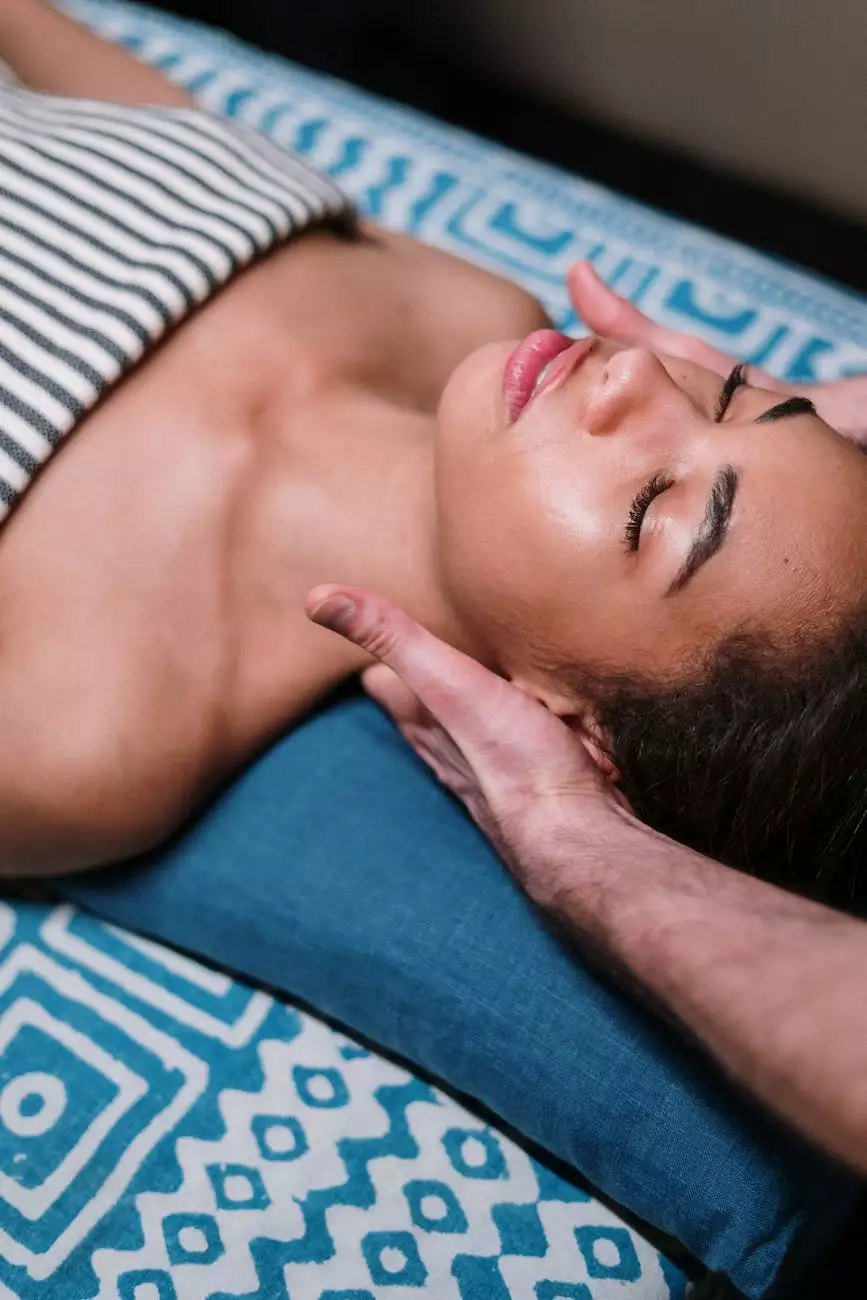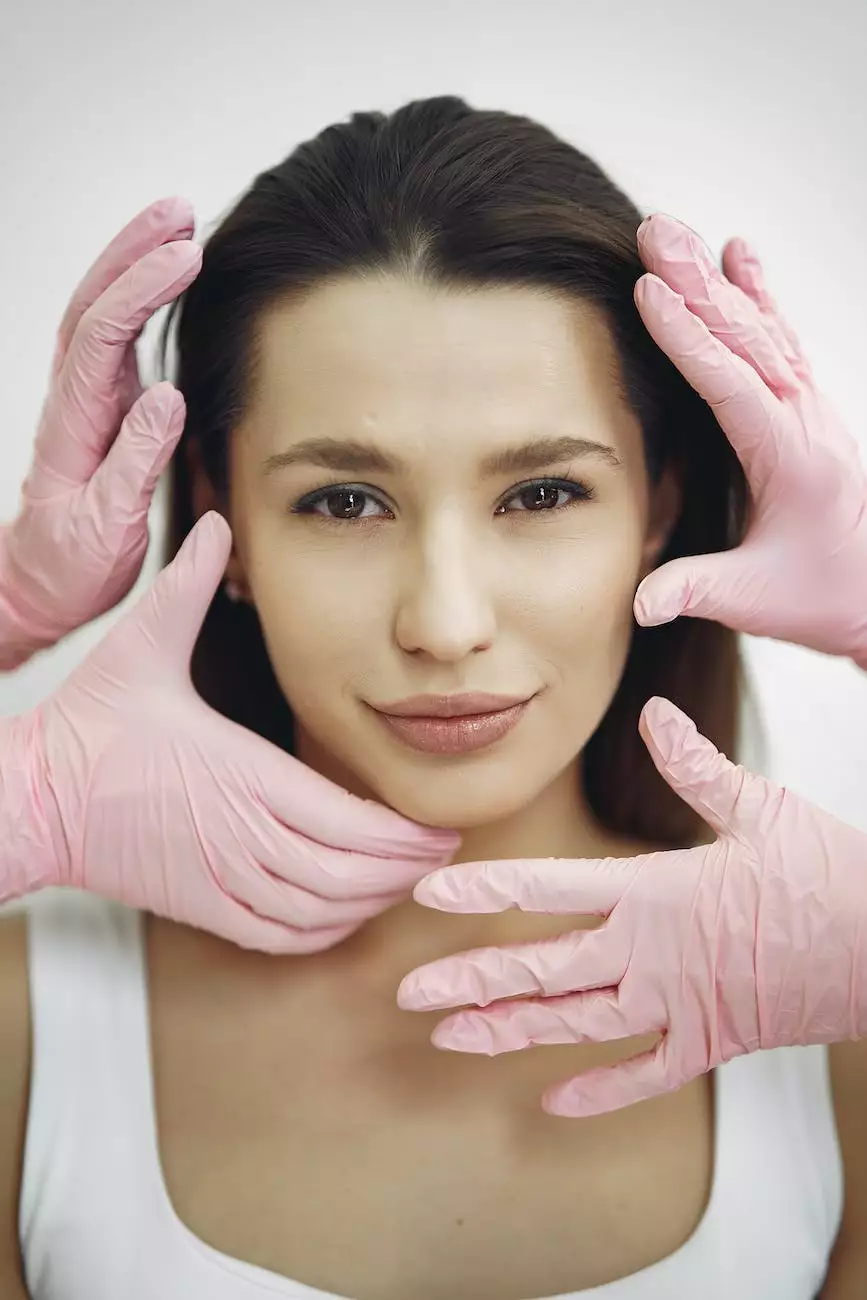What Is Actinic Keratosis?
Skin Care
Welcome to Smith, Arthur F, MD's comprehensive guide to actinic keratosis, a common skin condition that affects many individuals. In this article, we will cover everything you need to know about actinic keratosis, including its causes, symptoms, treatments, and prevention measures.
Understanding Actinic Keratosis
Actinic keratosis, also known as solar keratosis, is a precancerous skin condition that develops due to prolonged exposure to ultraviolet (UV) radiation, primarily from the sun. It is characterized by rough, scaly patches on the skin, usually found on areas that are frequently exposed to the sun, such as the face, scalp, ears, neck, arms, and hands.
The Causes of Actinic Keratosis
Prolonged and repeated exposure to UV radiation is the primary cause of actinic keratosis. This exposure can result from spending ample time in the sun or using indoor tanning devices. Fair-skinned individuals and those with a history of significant sunburns are more prone to developing actinic keratosis.
Recognizing the Symptoms
Actinic keratosis usually appears as small, rough, scaly, or crusty patches on the skin, ranging in color from pink to brown. These patches may be flat or raised, and they often feel rough and sandpaper-like to the touch. Actinic keratosis patches vary in size and can be as small as a pinhead or larger than a quarter. They are typically painless but can become tender or itchy over time.
Treatment Options
There are several treatment options available for actinic keratosis, depending on the severity and extent of the condition. It is crucial to consult with a dermatologist like Smith, Arthur F, MD for an accurate diagnosis and appropriate treatment plan. Some common treatment methods include:
1. Topical Medications
Topical creams or gels containing ingredients such as fluorouracil, imiquimod, ingenol mebutate, or diclofenac can be prescribed by a dermatologist to treat actinic keratosis. These medications work by targeting and destroying the abnormal skin cells.
2. Cryotherapy
Cryotherapy involves freezing the affected skin cells with liquid nitrogen. This technique causes the abnormal cells to blister and eventually fall off. Cryotherapy is an effective treatment for isolated, individual actinic keratosis lesions.
3. Curettage and Electrodesiccation
Curettage and electrodesiccation involve scraping off the damaged skin cells with a curette tool and then cauterizing the area with an electric current. This treatment is suitable for thicker or more extensive actinic keratosis lesions.
4. Photodynamic Therapy
Photodynamic therapy (PDT) utilizes a specialized light-activated medication, called a photosensitizer, which is applied to the affected areas. The photosensitizer is then activated by a specific wavelength of light, destroying the abnormal cells. PDT is highly effective for patients with multiple actinic keratosis lesions.
Preventing Actinic Keratosis
Prevention is key when it comes to actinic keratosis. Protecting your skin from excessive sunlight and UV radiation can significantly reduce the risk of developing the condition. Here are some preventive measures you can take:
- Apply a broad-spectrum sunscreen with a minimum SPF of 30 before going outdoors. Reapply every two hours or after excessive sweating or swimming.
- Wear protective clothing, such as wide-brimmed hats, long-sleeved shirts, and sunglasses with UV protection.
- Seek shade during peak sun hours (10 a.m. to 4 p.m.) when the sun's rays are the strongest.
- Avoid using indoor tanning devices, as they emit a high amount of UV radiation.
- Regularly examine your skin for any changes or new growths, including actinic keratosis lesions. If you notice any concerning signs, consult a dermatologist promptly.
Trust Smith, Arthur F, MD for Expert Dermatology Care
When it comes to managing actinic keratosis or any other dermatological concerns, you can trust the expertise and experience of Smith, Arthur F, MD. With our team of dedicated professionals, we provide comprehensive skin care solutions tailored to your specific needs. Contact us today to schedule a consultation and take the first step towards healthier skin.




